Disappearing Rio Grande
In 1977 a Ledyard Canoe Club expedition was the first to navigate the entire 1,888-mile Rio Grande. Thirty-seven years later a second expedition retraced the strokes of these Dartmouth adventurers to chronicle the plight of a drought-plagued river.
In 1977 a Ledyard Canoe Club expedition, sponsored by National Geographic, was the first to navigate the 1,888-mile Rio Grande from its Colorado headwaters to the Gulf of Mexico. Dan Reicher ’78 joined the six-month expedition along with classmates Tony Anella ’78, who grew up on the river’s banks in Albuquerque, New Mexico, photographer Peter Lewitt ’78 and now-U.S. Sen. Rob Portman ’78. Thirty-seven years later the Disappearing Rio Grande Expedition, led by journalist Colin McDonald and joined in stretches by Reicher, retraced the strokes of these Dartmouth adventurers to chronicle the plight of a drought-plagued and politically charged river.
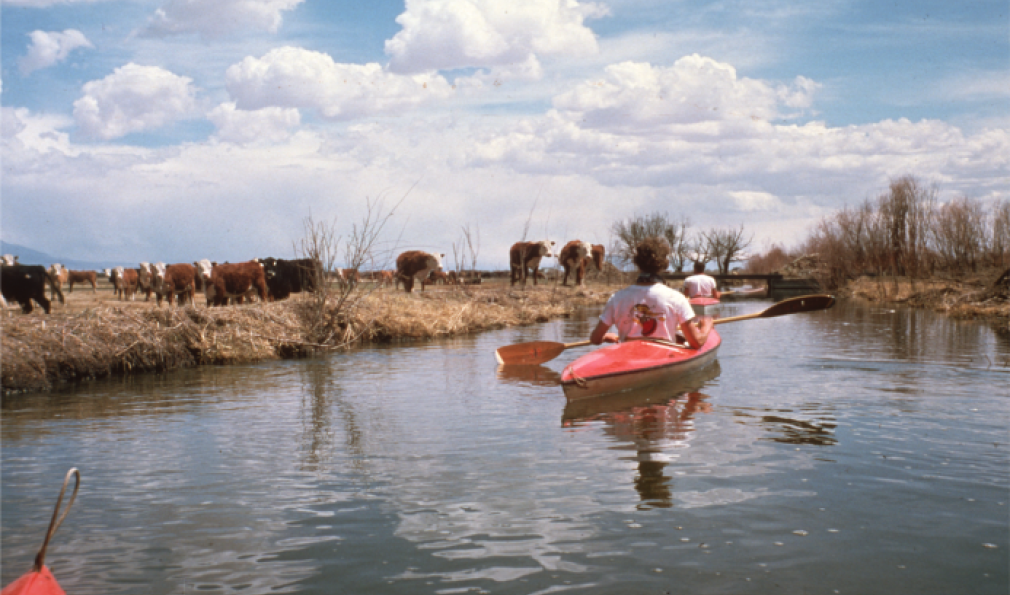
Description
Irrigation ditch near Albuquerque, New Mexico
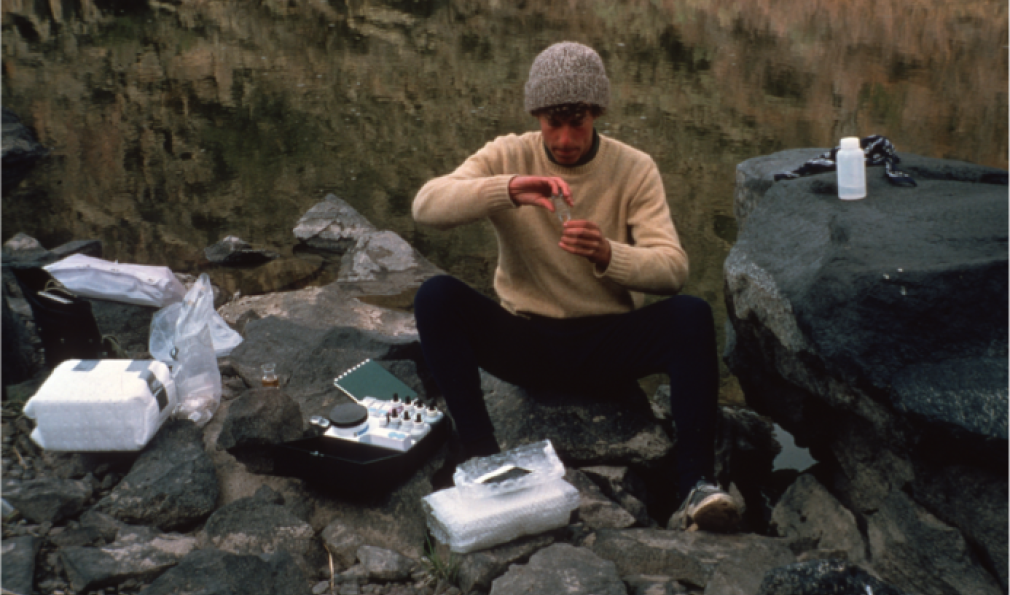
Description
Reicher tests the river’s chemistry.
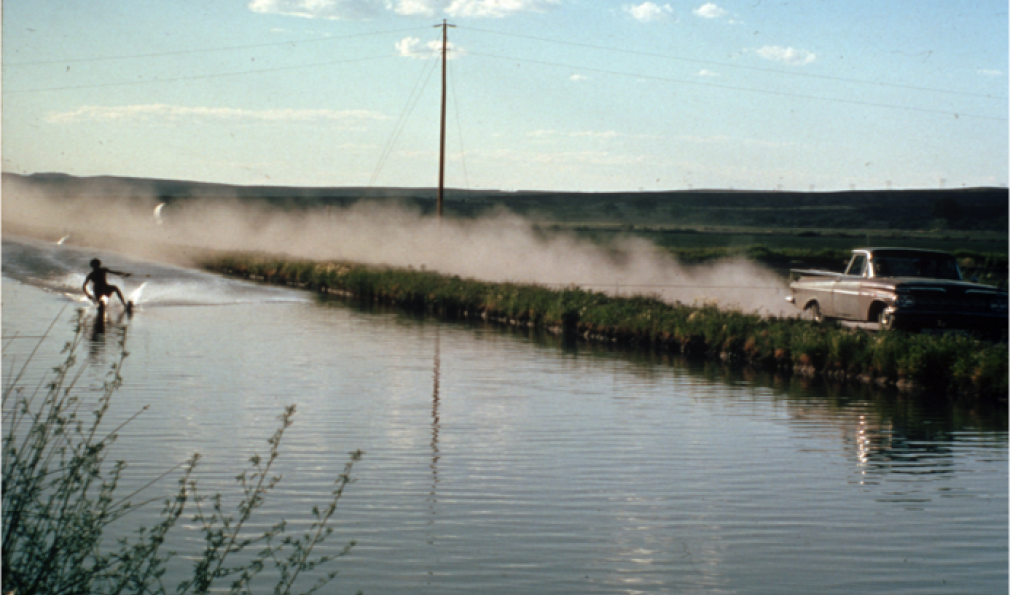
Description
Reicher waterskis—New Mexico style—in an irrigation ditch.
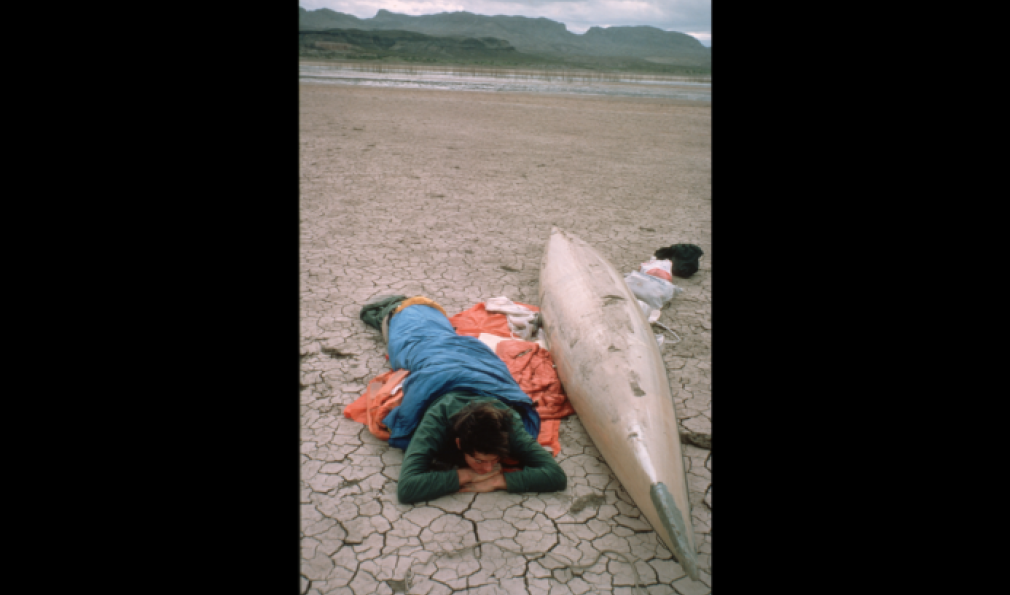
Description
Portman camps out in Elephant Butte Reservoir in southern New Mexico.
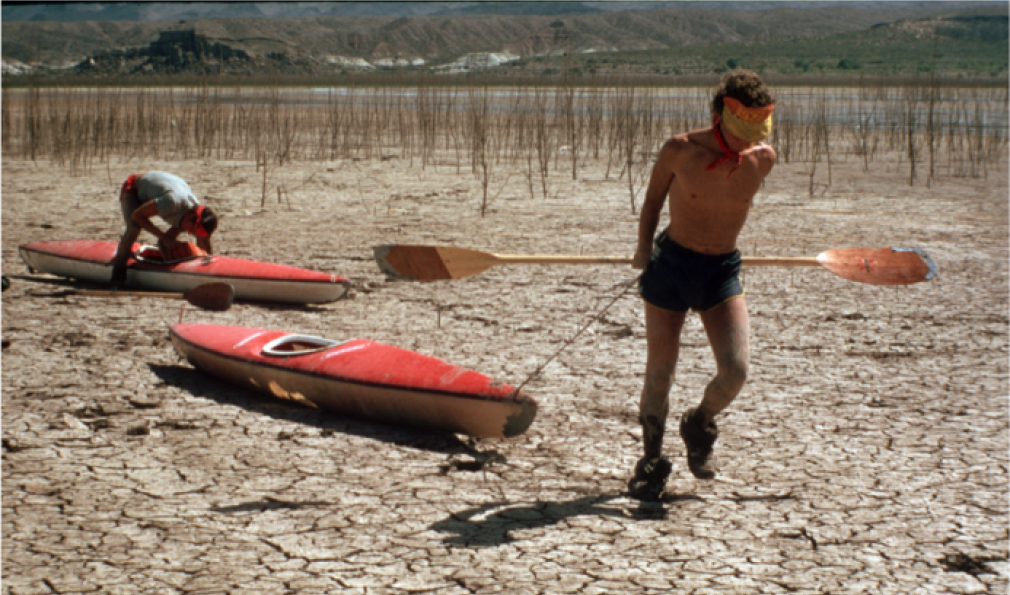
Description
Reicher (right) and Portman drag their boats across the dry upper reaches of Elephant Butte Reservoir.
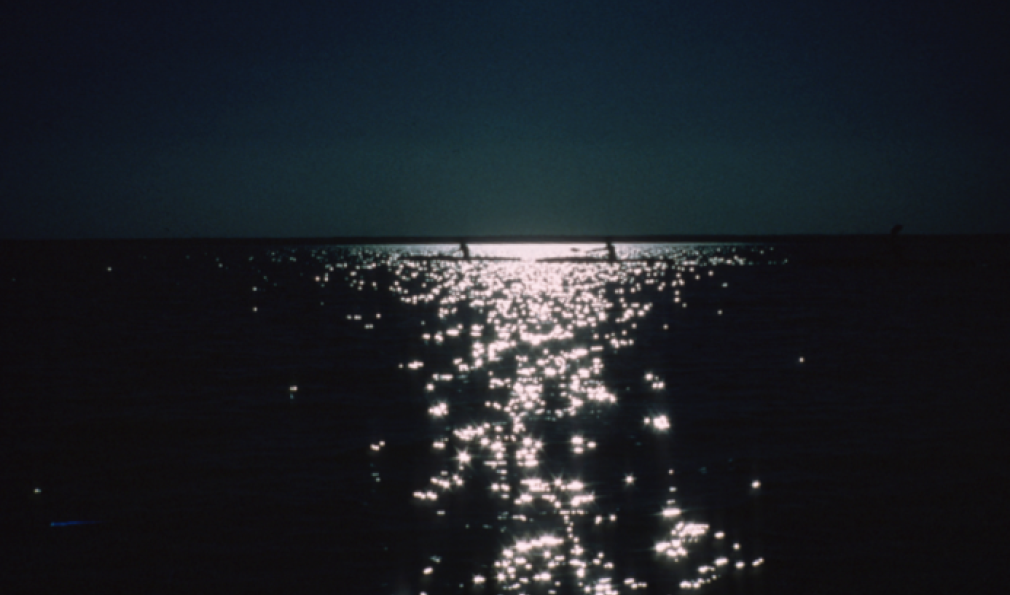
Description
Trying to make time and stay out of the blistering heat, the expedition members paddle Elephant Butte Reservoir at night.
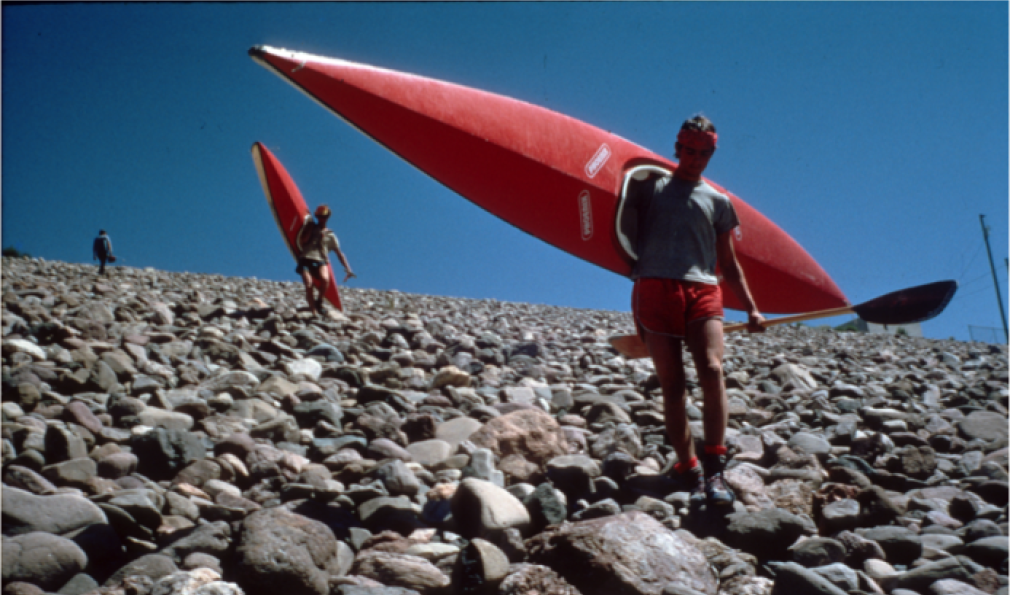
Description
Portaging Elephant Butte Dam
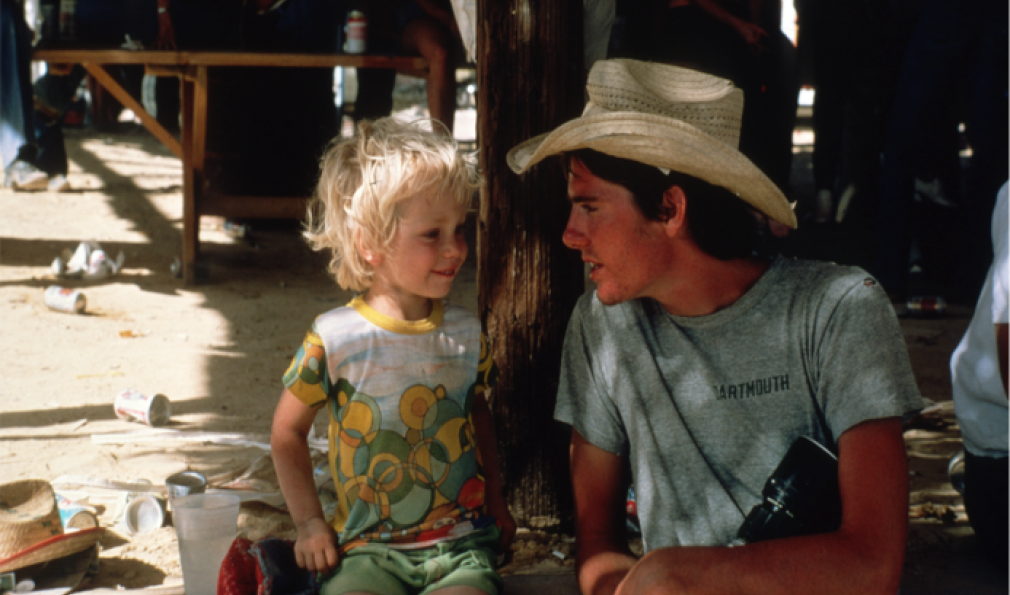
Description
Senator-to-be Portman, campaigning
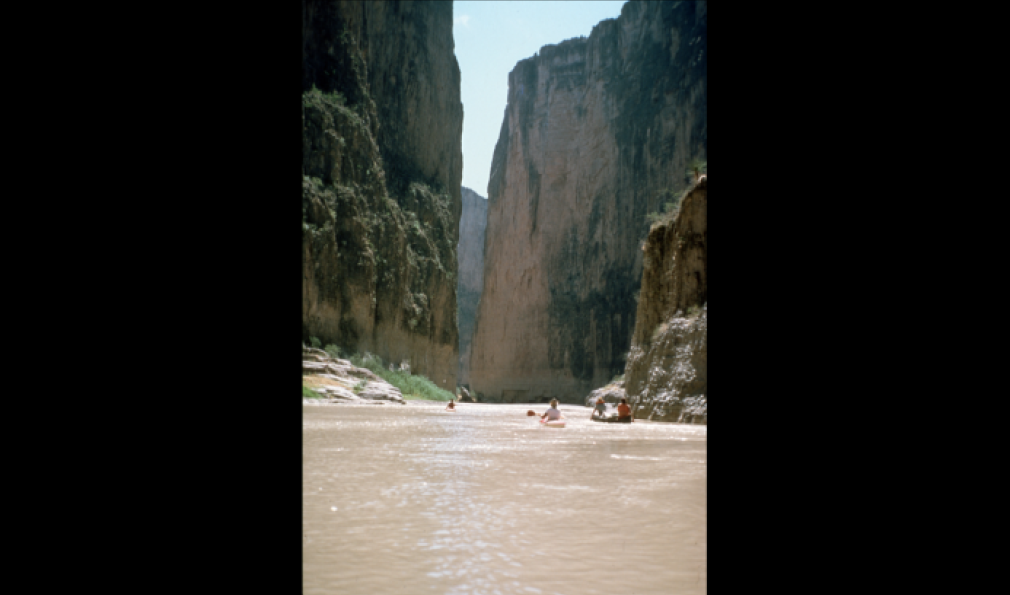
Description
Mariscal Canyon, Big Bend National Park
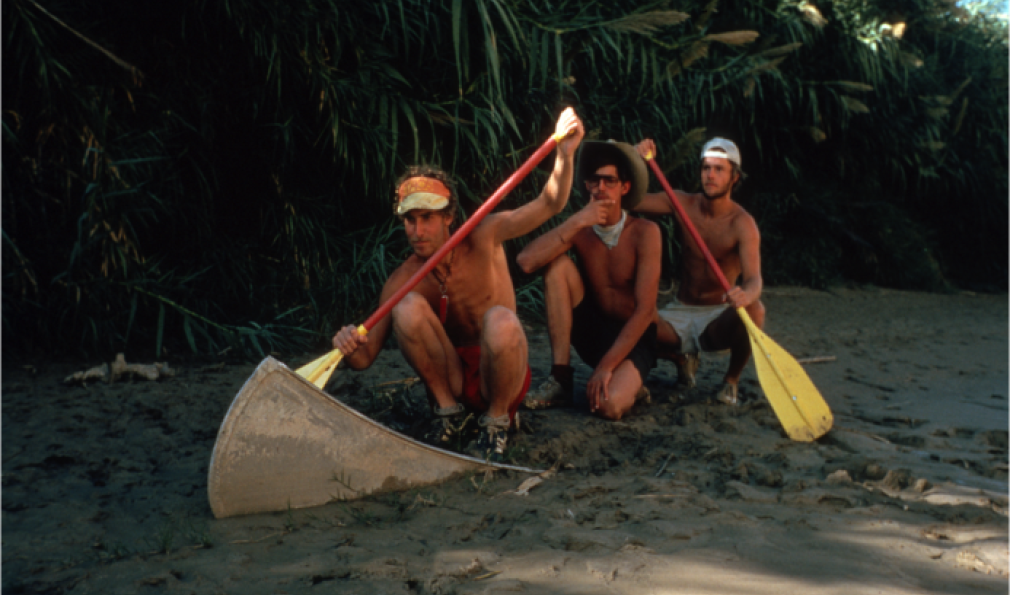
Description
(From left) Reicher, Bill Semmes ’80 and Mike McMurtry ’80 pose with the remains of a previous trip.
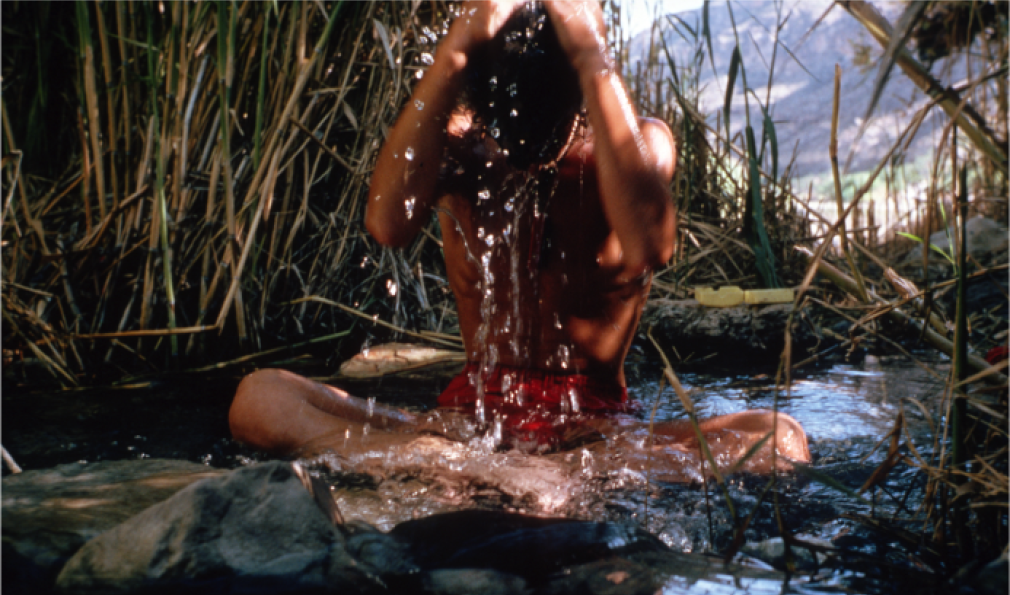
Description
Hot springs bath in the Lower Canyons of the Rio Grande
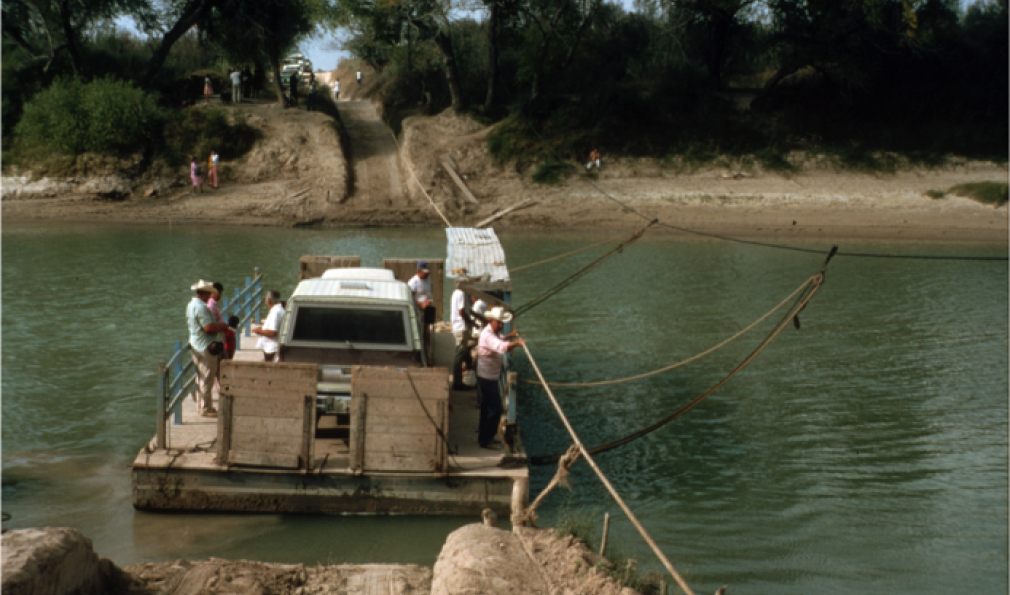
Description
Hand-pulled ferry between Los Ebanos, Texas and Diaz Ordaz, Mexico
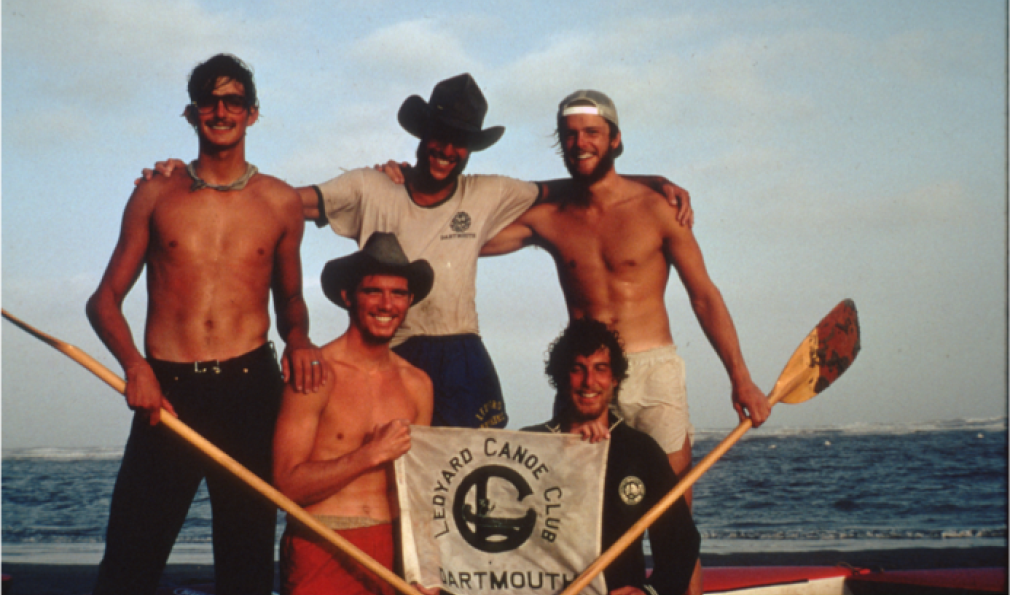
Description
At the end of the 1,888-mile journey to the Gulf of Mexico, December 8, 1977 (clockwise from top left: Semmes, Anella, McMurtry, Reicher, Portman)
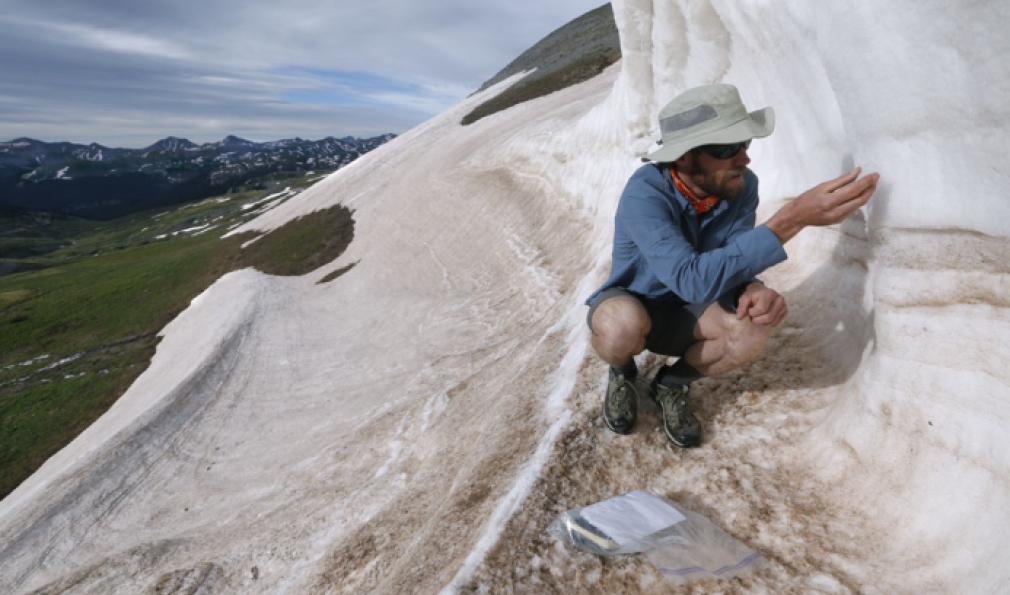
Description
McDonald takes a sample of snow from high in the headwaters before following the river downhill during the Disappearing Rio Grande Expedition in 2014. (Courtesy Erich Schlegel/Disappearing Rio Grande Expedition)
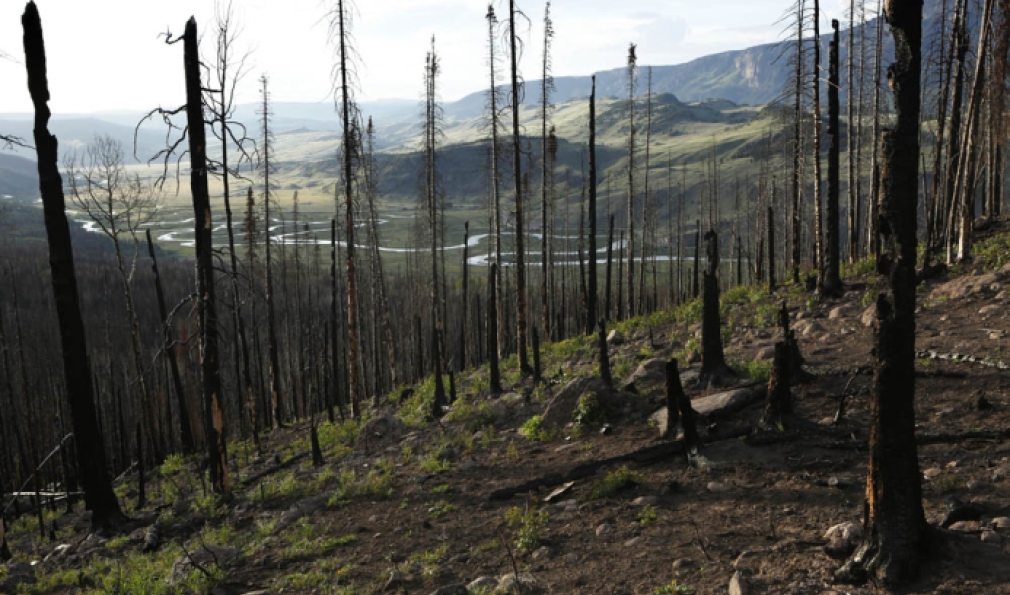
Description
Climate change is taking a toll. Forest fires and beetles have killed many of the trees in the headwaters. The Bureau of Reclamation estimates the upper watershed will have 30 percent less water by the end of the century. (Courtesy Erich Schlegel/Disappearing Rio Grande Expedition)
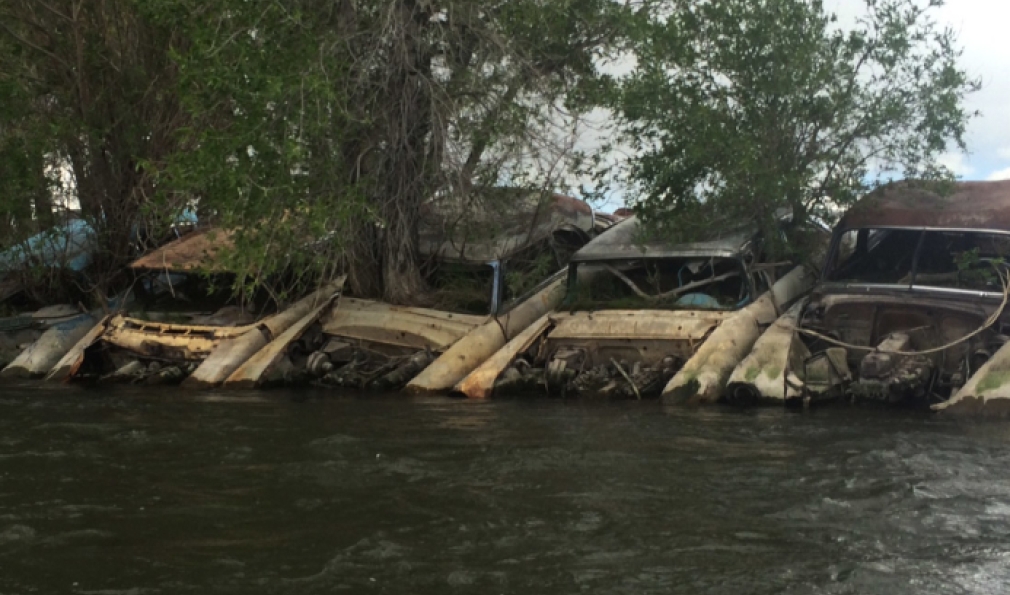
Description
Every generation tries its hand at controlling the river. In the 1950s old cars were piled along the banks in Colorado. (Courtesy Colin McDonald/Disappearing Rio Grande Expedition)
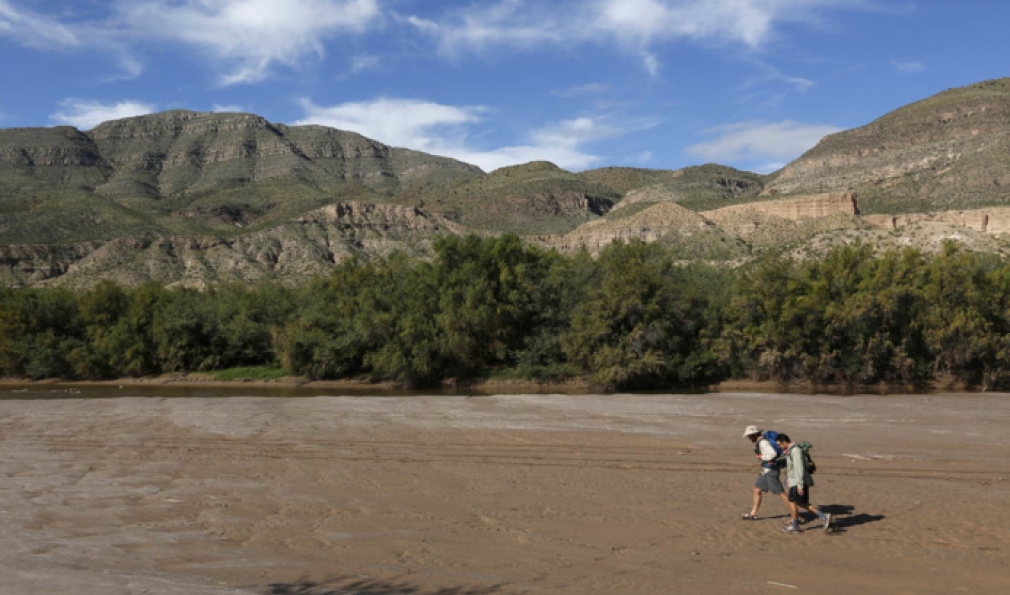
Description
Elephant Butte Dam and water diversions for farms and cities leave the river dry for more than 360 miles. (Courtesy Erich Schlegel/Disappearing Rio Grande Expedition)
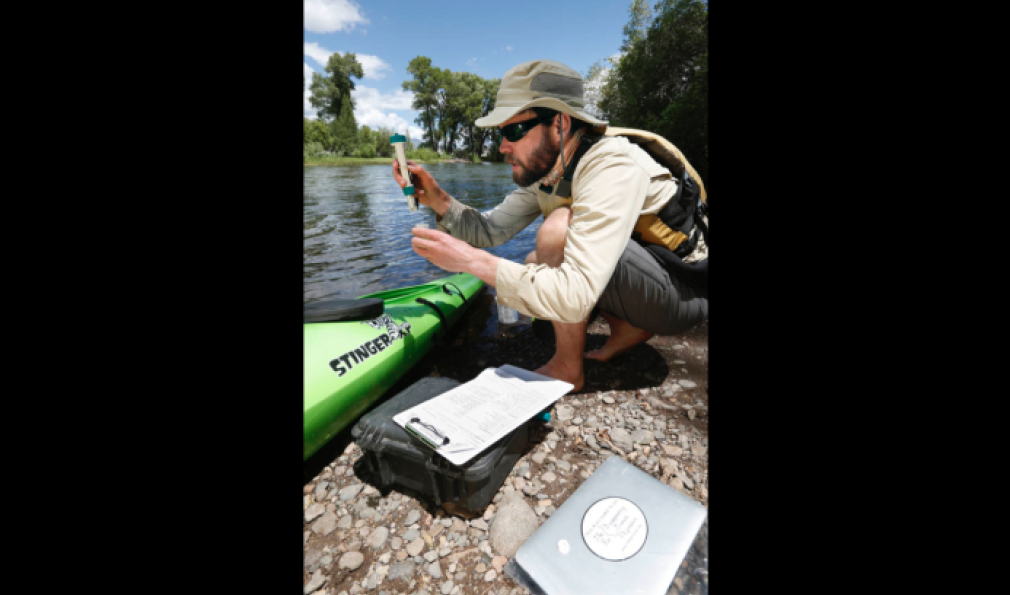
Description
McDonald tested samples for conductivity, temperature and pH each day of the 2014 expedition, as long as there was enough water in the river to measure. (Courtesy Erich Schlegel/Disappearing Rio Grande Expedition)
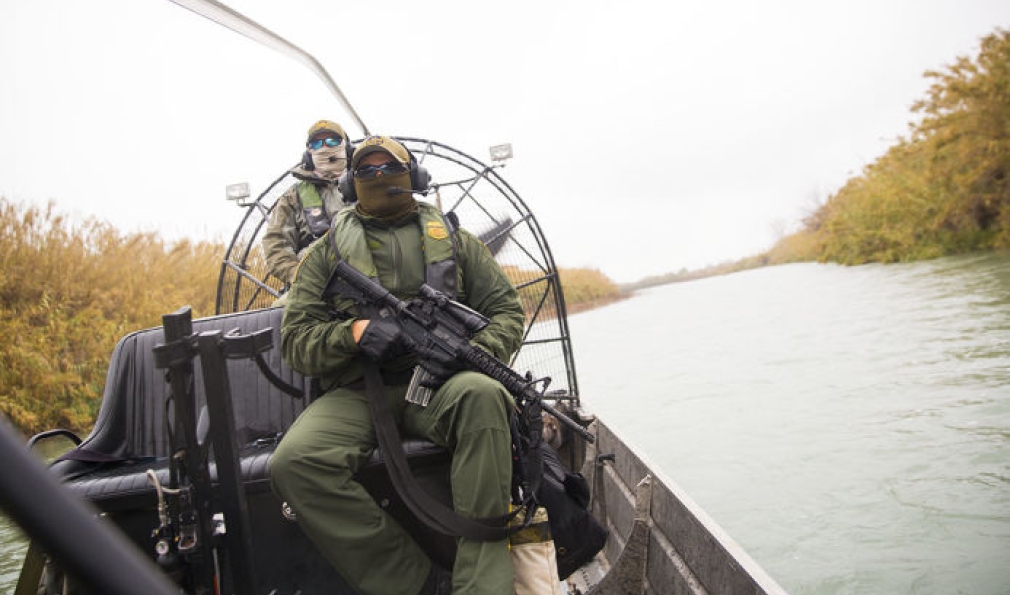
Description
Border patrol agents prepare for a day of monitoring the river. More than 1,200 miles of the Rio Grande separate the United States and Mexico. (Courtesy Mike Kane/Disappearing Rio Grande Expedition)
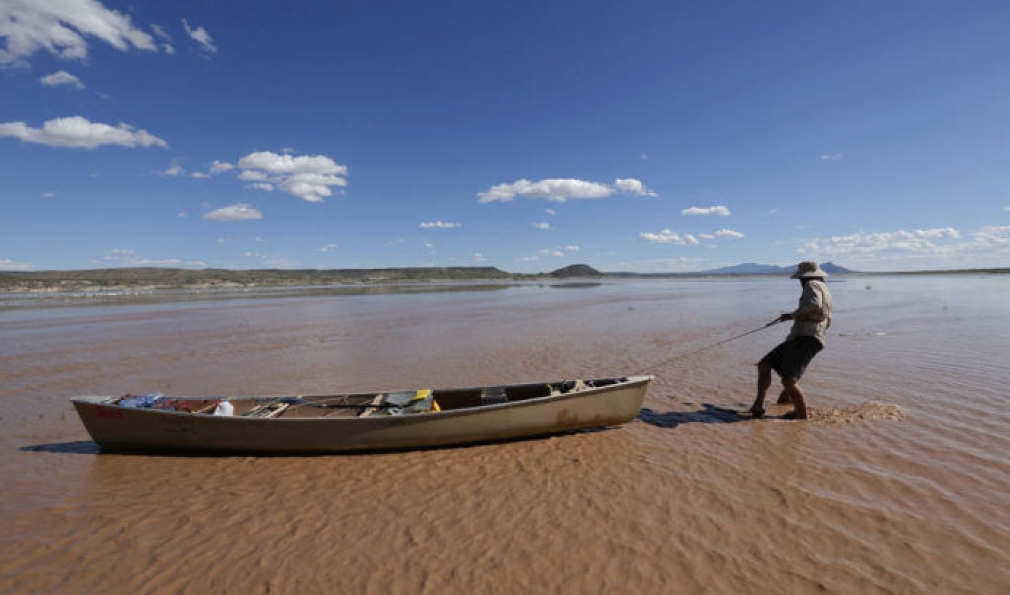
Description
Elephant Butte Reservoir—only 7 percent full at the time this photo was taken—offers more opportunities to drag over mud than paddle in deep water. (Courtesy Erich Schlegel/Disappearing Rio Grande Expedition)
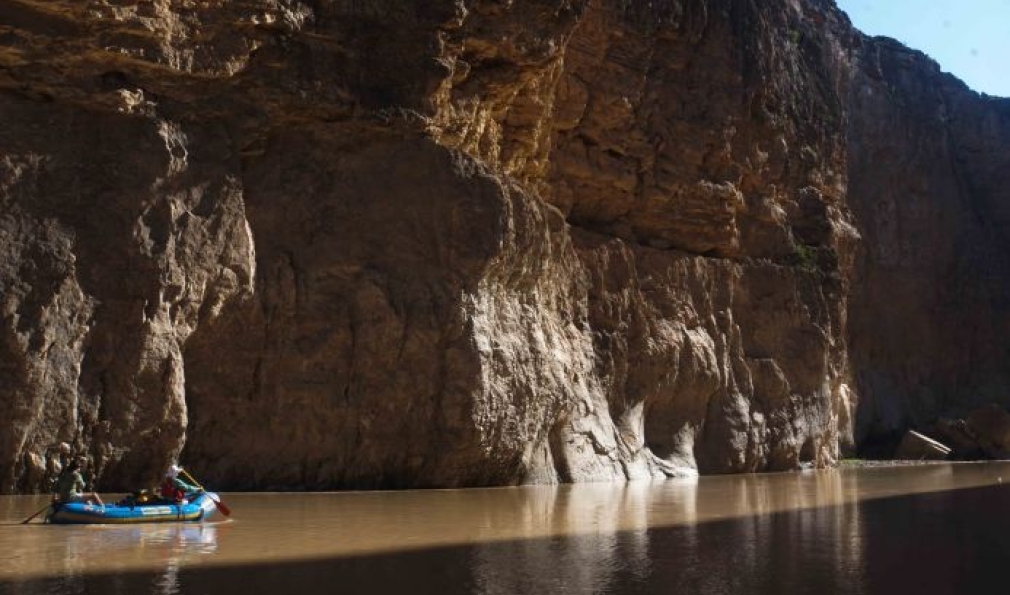
Description
Calm water at the mouth of Santa Elena Canyon gives way to rapids ahead in Big Bend National Park. (Courtesy Colin McDonald/Disappearing Rio Grande Expedition)
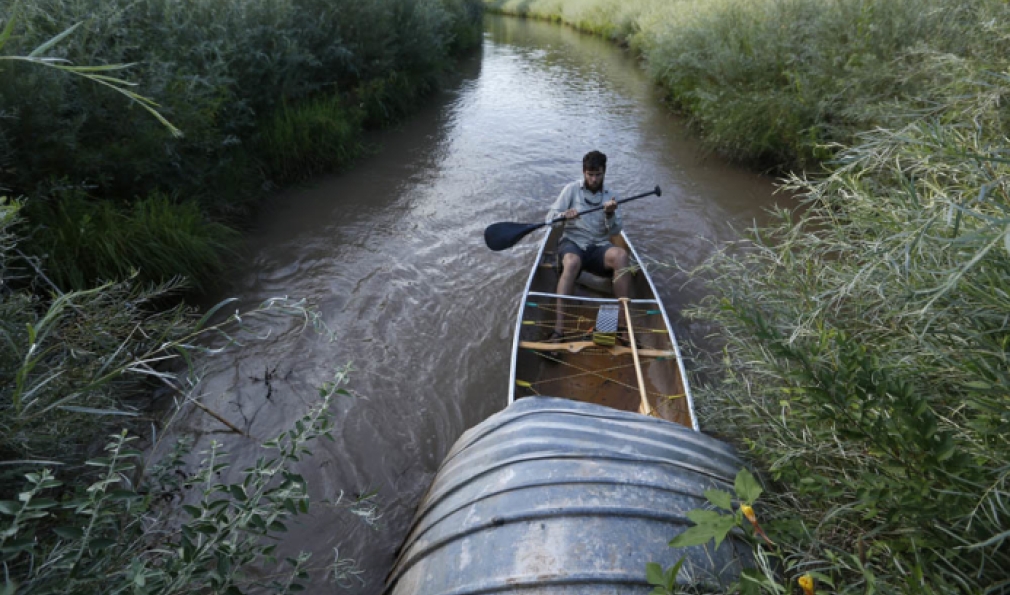
Description
Realizing there was more water in the irrigation ditches than the river, McDonald took his canoe wherever the water led. (Courtesy Erich Schlegel/Disappearing Rio Grande Expedition)
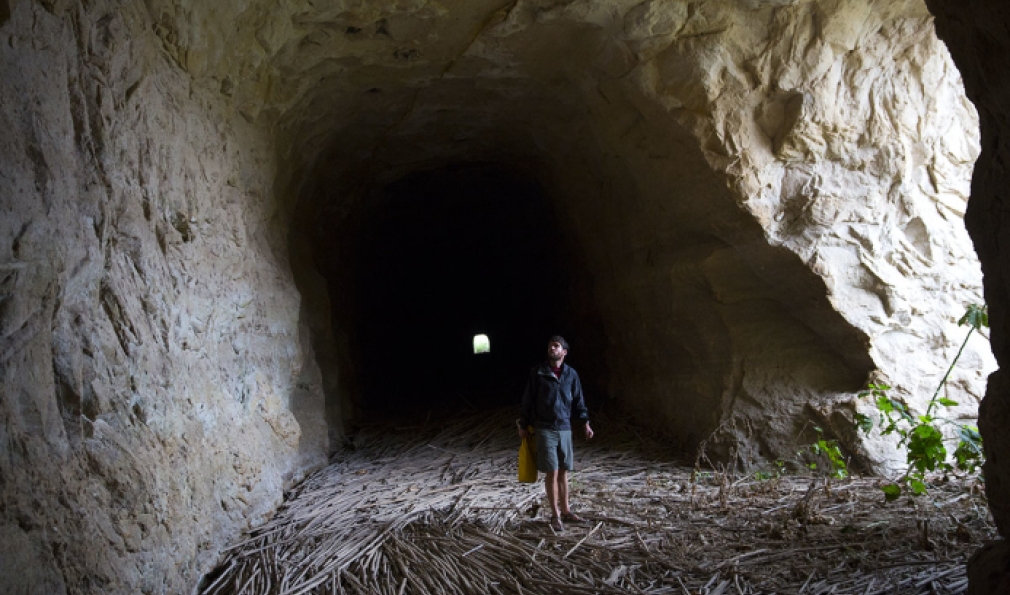
Description
A train tunnel from the second transcontinental railroad sits abandoned along the banks of the Rio Grande in West Texas. (Courtesy Mike Kane/Disappearing Rio Grande Expedition)
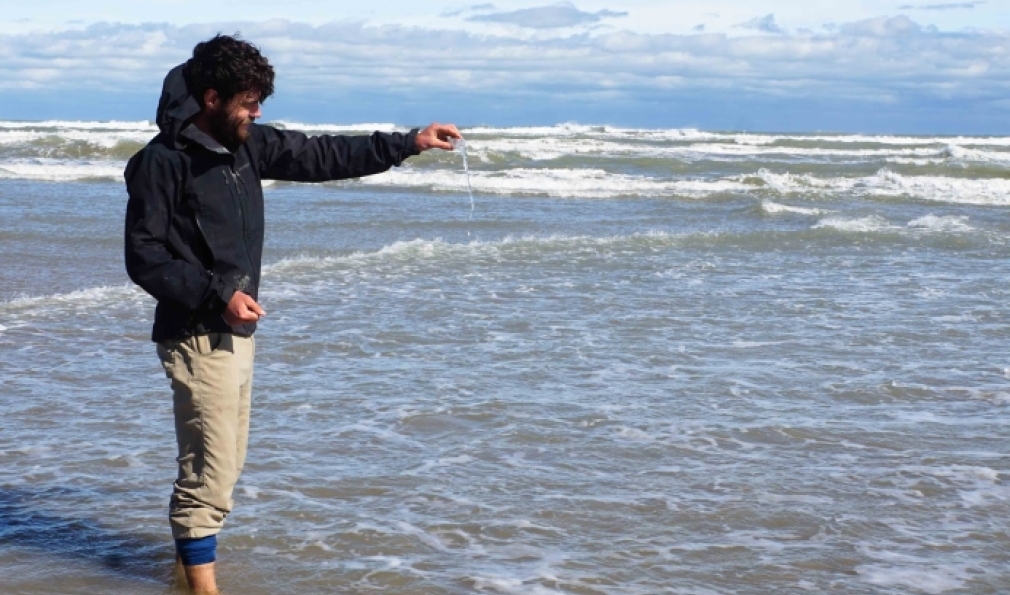
Description
McDonald dumps the melted snow he collected seven months earlier from the headwaters of the Rio Grande into the Gulf of Mexico. (Courtesy Dan Reicher/Disappearing Rio Grande Expedition)
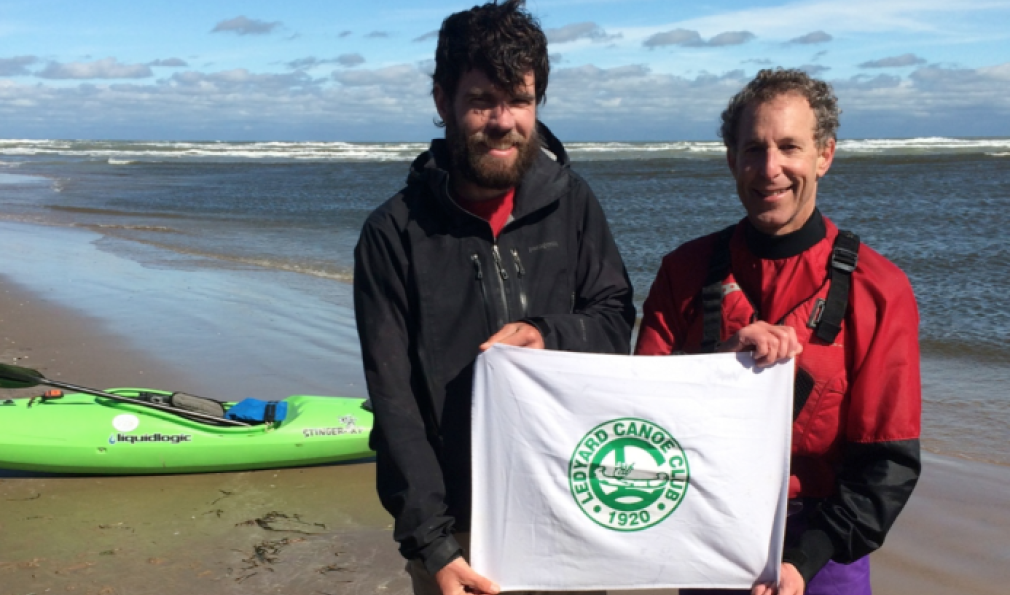
Description
Reicher joins McDonald for part of the journey. Together, they reach the Gulf of Mexico in October 2014.


